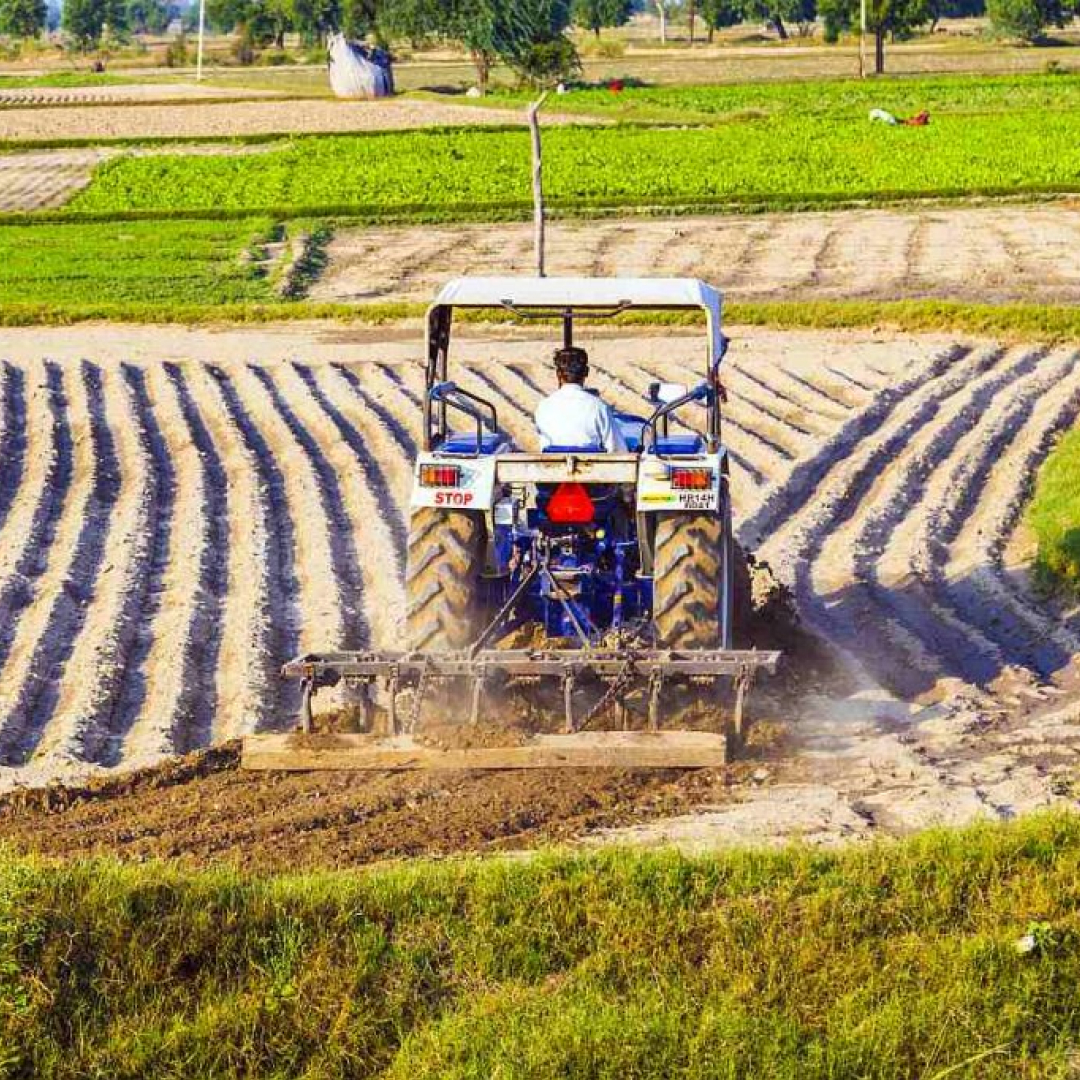
Farmers are under immense pressure to manage their fertilizers better. From record fertilizer prices in 2022 to growing public concern around nutrient runoff, farmers must ensure they get the most out of every nutrient applied to their farms. That means focusing on your nutrient use efficiency (NUE). In simplest terms, NUE is the unit of a nutrient applied vs. the unit of nutrient removed. It’s like how a car’s fuel efficiency is measured in miles per gallon. How much crop are you getting out of the fertilizer you applied?
How Does the Efficiency of Nutrients Affect the Crop?
Producers today must pay close attention to enhancing their soil fertilizer efficiency. The growing importance of focusing on nutrient uptake and utilization using enhanced efficiency fertilizer (EEF) technologies that limit nutrient loss to improve crop yields and quality has only grown more important over the years.
Unfortunately, nutrients can be lost in numerous ways. Soluble nutrients such as nitrates and potassium can be lost in runoff, drainage water, and leaching. The less soluble nutrients like phosphorus are more likely to be lost with sediment movement in eroding soils. Research has found that soluble polymer technology can reduce the soil fixation of nutrients and keep more of them available for plants for nitrogen as well as phosphorus. This helps to reduce overall nutrient losses and optimize your return on investment. Using that research as a foundation, one of the best ways to ensure effective operations is by creating a NUE plan.
Why Should I Care About Nutrient Use Efficiency?
The reality is, I think soon people will ask growers to show their work, and farmers will need to prove they are being efficient with their fertilizer. There is a difference between saying fertilizer management has improved over time and showing it. NUE is how you document that.
NUE is becoming more important because our yield is not increasing at the rate at which nitrogen purchase has.
Improving Nutrient Use Efficiency Pays Off
Another reason to care about NUE is that even small improvements can have a significant impact on a farm’s finances. For example, if the nitrogen efficiency of 1,200 acres of corn is improved by just 2% the yield will increase by 2% without additional nitrogen. The United States Department of Agricuture estimated in 2021 the average corn yield was 177 bushels per acre, so that’s about an extra 3.5 bushels. If corn is $4 per bushel, that is an additional $14 per acre of output. You also need to consider that you were able to grow more corn bushels without increasing your nitrogen investment. If nitrogen is $1 per pound and it takes a pound of nitrogen to grow a bushel of corn, that means you saved yourself $3.5 worth of nitrogen. The total financial benefit of improving your nitrogen efficiency by just 2% is $17.50 per acre. Across 1,200 acres, that is a $21,000 benefit. And when nitrogen is more expensive or corn prices are higher, that benefit is even greater. The math confirms that NUE is always a good investment.
Measure and Manage Nutrient Use Efficiency
How to measure the NUE? There are several calculations you can run to determine NUE, but the simplest measurement is to take the most recent crop harvest and calculate how much of a nutrient was applied vs. the amount of grain harvested. If 200 pounds of nitrogen per acre was applied and corn yield was 175 bushels, your nitrogen efficiency would be 87.5%.
But that gives a post-mortem review. The best thing to manage the nutrient use efficiently is to start with the way soil is sampled.
Ideally, the soil should be sampled from the smallest unit of farm ground managed from a nutrient basis. For instance, soil sampling from a 5-acre zone instead of 50 acres. From there, an accurate assessment of yield goals can be made. And then use in-season tools like crop modeling and tissue sampling to evaluate how we are doing. The goal is to implement a feedback loop, so we are constantly assessing and evaluating our nutrient use efficiency.
Start with the Agronomic Basics
Now that you have devised a way to collect data on your nutrient use and evaluate it, you can start making appropriate goals to improve it. I recommend trying to get just 5% better every year.
There are two ways to improve NUE: 1) Either reduce the input and hope that output stays the same or 2) Keep the inputs the same and find ways to increase the output.
The truth is that no one factor will improve NUE. Instead, every decision made in the cropping year impacts it — herbicides, tillage, irrigation, fungicides, planting dates, population — the list goes on. All of these impact nutrient management long before we apply nutrients.
That may seem overwhelming, but it does not have to be. We need to focus on making the best agronomic decision for every situation on a farm. Let us take corn hybrids for example: Select the hybrid that fits your geography not just a plot winner. Then talk to the seed agronomist to understand its performance under different nitrogen situations. Do they perform differently if you make a fungicide application? Because these things all feed nutrient decision making. Start by making the best agronomic decisions.
Fine-Tune Your Fertilizer Plan
Develop the fertilizer plan and work on the NUE. I recommend picking one nutrient at a time to try to improve, which for most growers will be nitrogen. It is environmentally the most dynamic nutrient and often the third largest investment a grower makes, so it is the one we can usually find the fastest economic payoff with.
Now, we look at how to manage that nutrient for better efficiency. With nitrogen, it could be adding a nitrogen stabilizer or changing the application timing. Consider implementing a change based on the 4Rs fertilizer framework: applying the right nutrient source at the right rate, at the right time, and in the right place. According to Tom Bruulsema of the International Plant Nutrition Institute (IPNI), growers can increase NUE significantly by synchronizing nutrient availability with crop demand. This could be achieved with split applications, slow and controlled-release fertilizers, stabilizers, and inhibitors.
It is important to pick one practice, product, or technology, and test it. Once you have mastered that, try the next thing — and keep going. We cannot look at this in year-to-year but a decade-long timeframe.
Overcoming Capacity Constraints
The challenge most growers will face in improving their NUE is capacity constraints. They may not have the equipment, labor, or time to make certain changes or improvements. This is where Verdesian Life Sciences can help. Our products are focused squarely on nutrient use efficiency and are designed to meet certain goals:
Inoculants: Improve a plant’s ability to create its own nutrients and better leverage that symbiotic relationship with bacteria in the soil.
Nitrogen Stabilizers, Phosphorus Enhancers, Micronutrient Lines: Enhance the efficiency of the nutrients we apply to ensure we deliver those on target to the plant on a higher percentage basis.
Biostimulants: Help make the plant a higher performer individually, so growers can increase their yield and performance without increasing fertilizer use.
At Verdesian Life Sciences, when we think, talk, and look at developing new products, it is always through the lens of improving NUE. How can we help growers get more out of every dollar they invest in their fertilizer? Not just for tomorrow, but for the next decade and beyond.
Increase Your Knowledge of Nutrient Use Efficiency
Knowing the NUE and actively working to improve it, even if it is just a little bit every year, can better protect our farm’s future and profitability. If you are ready to learn more about how you can improve your NUE, check out Verdesian NUE University, our online learning platform, designed to help those in agriculture learn about NUE practices and technology.







Leave a Reply